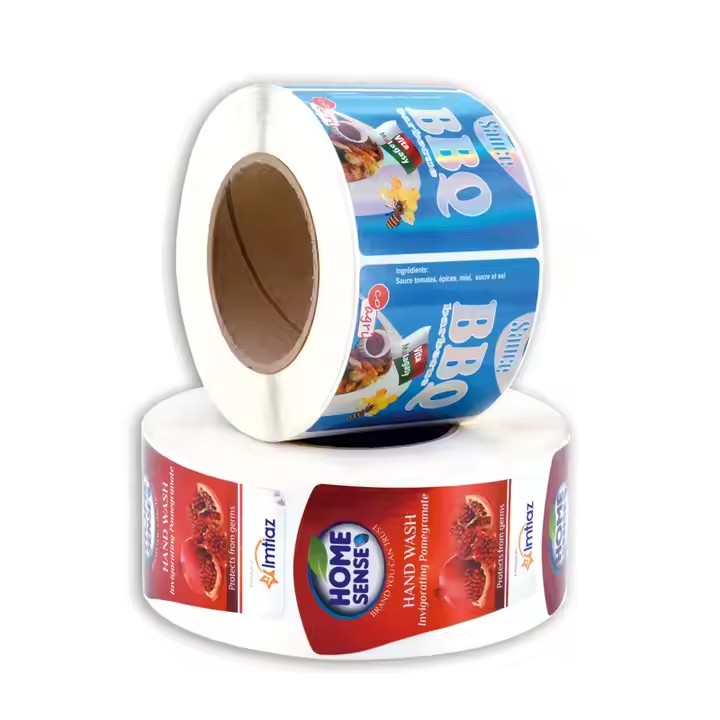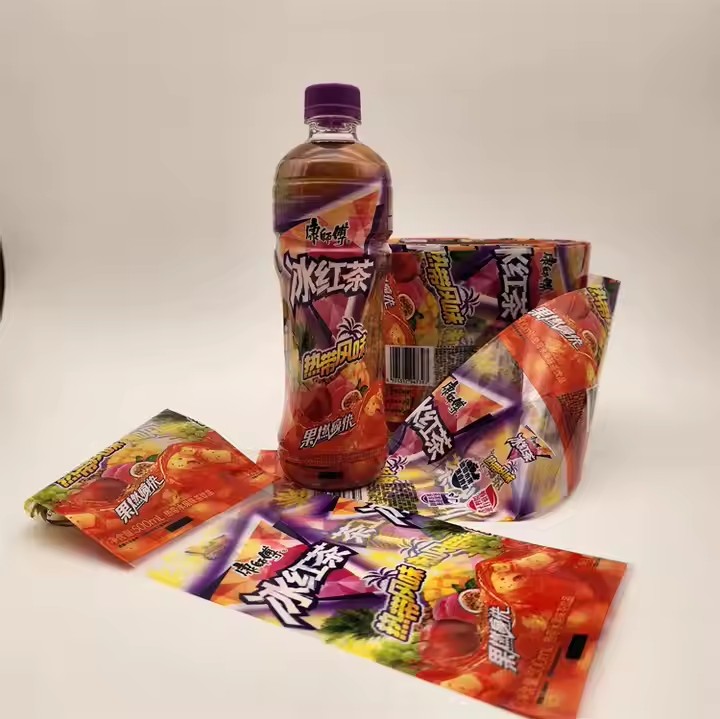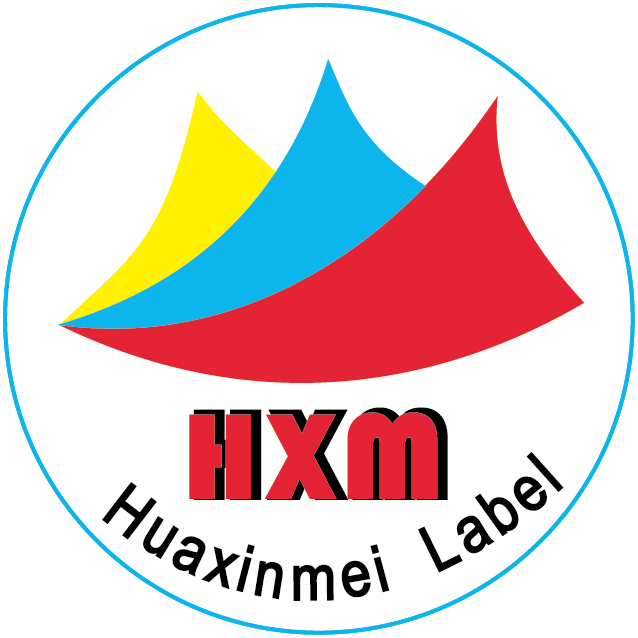Technological Innovation and Application
Keep up with the Digital Trend: Actively introduce technologies such as big data and artificial intelligence to analyze order data, customer preferences and other information, so as to achieve accurate market prediction and personalized recommendation. Make use of the flexibility and high efficiency of digital printing technology to reduce the cost of small-batch custom labels, shorten the production cycle, and improve production efficiency and product quality. Nowadays, label production has become very intelligent, and the origin of product production can be clearly traced. Consumers clearly know about the production and circulation of products, so they can use the products with peace of mind.
Integrate Smart Label Technologies: Conduct in-depth research and application of smart label technologies such as RFID and NFC to realize intelligent management and information tracing of products. For example, in the fields of logistics and warehousing, the location and status of goods can be monitored in real time through RFID labels; in the food and pharmaceutical industries, smart labels are used to achieve product quality tracing and anti-counterfeiting traceability.

Explore New Materials and New Processes: Continuously research and develop new types of label materials, such as environmentally friendly degradable materials and high-performance composite materials, to meet the market’s demand for environmental protection and sustainable development. At the same time, explore new printing processes and manufacturing techniques, such as laser engraving and 3D printing, to enhance the artistic sense and anti-counterfeiting performance of labels. As for environmentally friendly materials, the newly innovated materials are not only environmentally friendly but also cheaper. Therefore, when customizing and using labels, environmentally friendly materials should be selected as much as possible, which can not only save economic costs but also avoid polluting the surrounding environment. Label products made of environmentally friendly materials meet consumers’ demand for using environmentally friendly materials. Nowadays, people’s consumption concepts are becoming more and more advanced, and the implementation of environmental protection concepts is becoming more and more in place. Therefore, when using products, people will also check whether the product packaging is an environmentally friendly product. If it is an environmentally friendly product and meets consumers’ expectations for the product, then consumers will purchase the product.
Design Innovation and Personalized Services
Cultivate an Innovative Design Team: Form a professional design team, pay attention to the latest trends in fields such as fashion, culture, and art, and integrate popular elements and creative ideas into label design to provide unique design schemes for customers. At the same time, strengthen communication and cooperation with customers, deeply understand the brand culture and product characteristics of customers, and customize personalized label designs for them.
Provide Diversified Customization Services: Besides the conventional customization of patterns and texts, comprehensive customization services in terms of shape, size, color, material, etc. should also be provided to meet the diverse needs of different customers. For example, provide customized three-dimensional labels for high-end cosmetics brands and labels with special tactile sensations for electronic product brands.

Meet Market Demands and Expand Application Areas
Pay Attention to the Demands of Emerging Markets: With the upgrading of consumption and market segmentation, emerging markets are emerging continuously. Custom label manufacturers should pay attention to the changes in the demands of these emerging markets, such as the new requirements for labels in fields such as e-commerce and live streaming with goods, and adjust product and service strategies in a timely manner to open up new business growth points.
Expand the Application Areas of Labels: Besides the traditional food, beverage, daily chemical and other industries, actively expand the application of labels in fields such as medical, electronic, automotive, and new energy. For example, in the medical industry, develop labels with functions such as medical warnings and drug traceability; in the electronic industry, develop labels with special properties such as anti-static and high temperature resistance.
Cooperation and Alliances
Strengthen Industrial Chain Cooperation: Establish close cooperative relationships with raw material suppliers, printing equipment manufacturers, software developers, etc., jointly carry out research and development and innovation, and achieve resource sharing and complementary advantages. For example, cooperate with raw material suppliers to develop new types of label materials, and cooperate with printing equipment manufacturers to jointly develop equipment suitable for custom label production.
Carry out Industry-University-Research Cooperation: Conduct industry-university-research cooperation with universities and scientific research institutions, make use of their scientific research strength and talent advantages to carry out frontier technology research and application development. At the same time, provide practice bases and project cooperation opportunities for universities and scientific research institutions to promote the transformation and application of scientific research achievements.

Brand Building and Marketing
Shape the Brand Image: Focus on brand building and establish a good brand image and reputation. Win the trust and recognition of customers by providing high-quality products and services; actively participate in industry exhibitions, forums and other activities to display the strength and innovation achievements of the enterprise, and improve brand awareness and reputation.
Innovate Marketing Modes: Make use of Internet and new media platforms to carry out online marketing activities, such as social media marketing, search engine optimization, content marketing, etc., to expand the brand influence and market coverage. At the same time, combine offline marketing activities, such as participating in industry exhibitions, holding product launch conferences, etc., to have face-to-face communication and interaction with customers, and enhance customer experience and stickiness.



